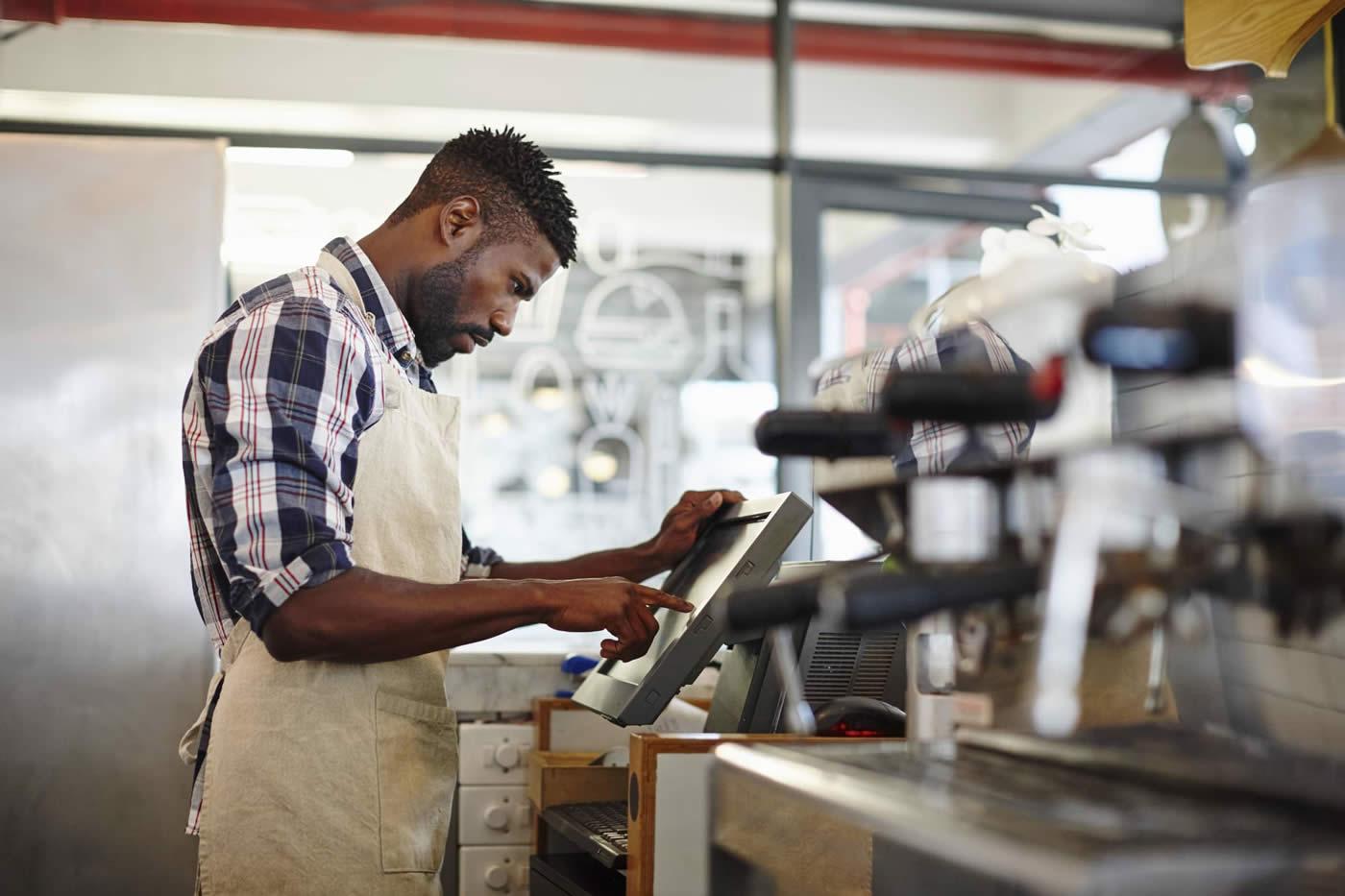A purchase order sent from a buyer to a supplier with a request for an order. Once the seller accepts the purchase order it becomes a legally binding contract.
What is a purchase order?
Whenever a buyer wants to purchase goods or have the use of a service, a purchase order (PO) is sent to the supplier with a request for an order. It will list:
- the goods the customer wants to buy from the supplier
- show the type and quantity of items ordered
- agreed price and payment terms
- delivery
- any other terms and conditions.
A purchase order is a clear way of ordering goods. It removes any risk of misunderstanding (if an order is placed over the phone for example).
Having a defined purchasing system in place is more important the larger a business gets. It means you can have records of all orders placed and when. These can then be followed up and matched to invoices once the goods have been received.
Without such a system in place the whole process can become very chaotic, especially if orders being placed over the phone by different people – this can increase the risk of orders being duplicated or missed off completely!
A purchase order can be issued in paper form or electronically, although the vast majority of purchase orders are now sent be email which is a much faster process.
When do I need to issue a purchase order?
As soon as you have decided which goods or services you want you should issue the purchase order.
Once the supplier accepts the purchase order a legally binding contract forms between the buyer and supplier.
It protects the buyer as the the supplier is legally bound to deliver the goods ordered. In the event of the buyer withholding payment, the supplier is protected as the purchase order is a legally binding contract between the two parties.
What information should I put on a purchase order?
The purchase order should show:
- which goods or services you require
- the quantity of goods or the length of time if you are requesting a service, for example ‘skip hire for two weeks’
- delivery instructions, for example ‘please deliver after 10am’
- the date you require the goods by.
You will also need to show your company details and contact number in case there are any problems with the order, and also the details of the company you are sending the purchase order to.
Download: Purchase order
We’ve created an editable purchase order template for your use.
This can be customised to include your company logo and details. To save a copy, click on the download button below.
Download: Please login or register to get your download.
Do I need to keep a copy of all purchase orders?
You should keep copies of purchase orders which you have issued and received. You will need to refer back to these if there is ever a query with an order.
When filing your paperwork it is a good idea to match the purchase orders with the relevant invoice and delivery note.
Interactive tutorial: Recording income
The step-by-step guide takes you through:
- Types of income
- Documents used when goods or services are sold
- Different payment methods
- VAT – including limits and registration.
Click on the Start button below to read more.
Share this content

Brought to you by:
Sage
Sage Business Cloud Accounting is online accounting software that provides anytime, anywhere access to essential small business tools. Its features help you manage cash flow and send and track invoices, all through the cloud or via a mobile app.
Get limited time offer









